A Wining Cost Estimate
That Helps You To Win More Stucco Construction Projects

Simplify your stucco estimating process with a stucco estimator. It is an advanced tool for calculating the amount of stucco needed for your project accurately. Incorporating stucco estimator in your workflow can save you significant time and effort while avoiding potential mistakes and calculation errors.
With a stucco estimator, you can accurately estimate the materials required, including the amount of cement, sand, and lime needed for a project. The software calculates every area’s measurements precisely and generates an in-depth financial report within minutes.
It reduces excess waste during installation by allowing the contractor to estimate the materials adequately beforehand, which results in cost-effective estimates and ultimately lower material costs.
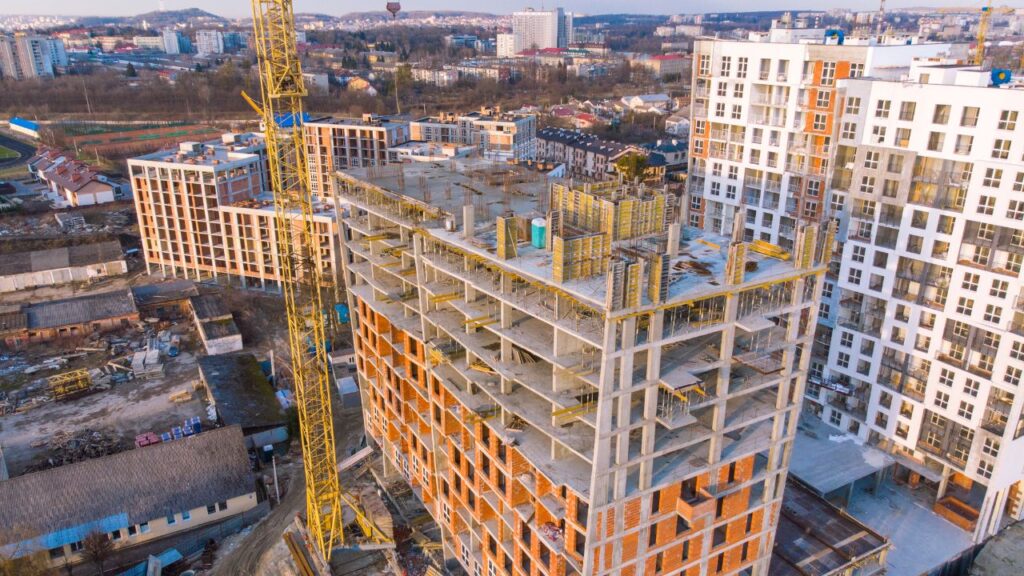
Additional features include multiple job scales analysis, user-friendly interface, customizable reports, project management tools such as invoicing templates & budget worksheets.
Using an estimator keeps all estimates transparent to clients, portraying that accurate calculations are done using the right quantity in each service line item on quotes submitted.
Use an excellent tool like stucco estimator properly. However, to use it adequately requires adequate training or knowledge of exterior wall construction to leverage all its benefits effectively. Always get clear scope information from the client upfront enabling accurate calculations even complex remodeling scenarios without hitches.
Get your stucco estimates right, or risk having a house that looks like it was decorated by a toddler with Play-Doh.

To understand stucco estimator with the two sub-sections, ‘Definition of Stucco’ and ‘Importance of Stucco Estimator’ is the solution you need. Knowing the definition of stucco is crucial as it lays the foundation for learning how to estimate its costs accurately. On the other hand, recognizing the importance of stucco estimator equips you with the tools to make informed decisions regarding a construction project.
Stucco is a plaster coating that is applied over walls or ceilings for decorative or protective purposes. It consists of a mixture of cement, water and sand, and may contain additional additives to enhance its properties.
Stucco has been used for centuries to provide a durable and attractive finish to buildings. Its ability to withstand harsh weather conditions makes it an ideal choice for exterior walls. In addition, stucco can also provide better insulation and reduce energy costs.
One unique trait of stucco is its versatility in texture and color. It can be applied in a range of finishes such as smooth, rough or textured, depending on the aesthetic preference of the user. Additionally, it can easily adapt to different color palettes with pigments and dyes.
To ensure accurate cost estimation for stucco projects, understanding key factors such as surface area, texture preference and additives required is crucial. A comprehensive knowledge of stucco materials forms the foundation of an efficient cost estimator.
Don’t miss out on transforming your building with stunning stucco finishes that not only protect but adds value. Embrace this professional guidance to help you create an aesthetically pleasing exterior appeal utilizing stucco techniques that stand the test of time.
Worried about the cost of stucco? Let the estimator do the math, so you can sit back and enjoy your newly painted wallet.
Stucco Estimator: An Imperative Tool for Builders and Contractors
Stucco estimator is an indispensable tool that builders and contractors rely on to plan and perform stucco projects efficiently. The significance of a stucco estimator lies in its ability to estimate the required materials, labor hours, and cost for a stucco project accurately. This tool allows stucco professionals to provide accurate quotes, avoid material waste, and complete projects within budget and timeline constraints. A Stucco Estimator is truly essential in every aspect of the building process.
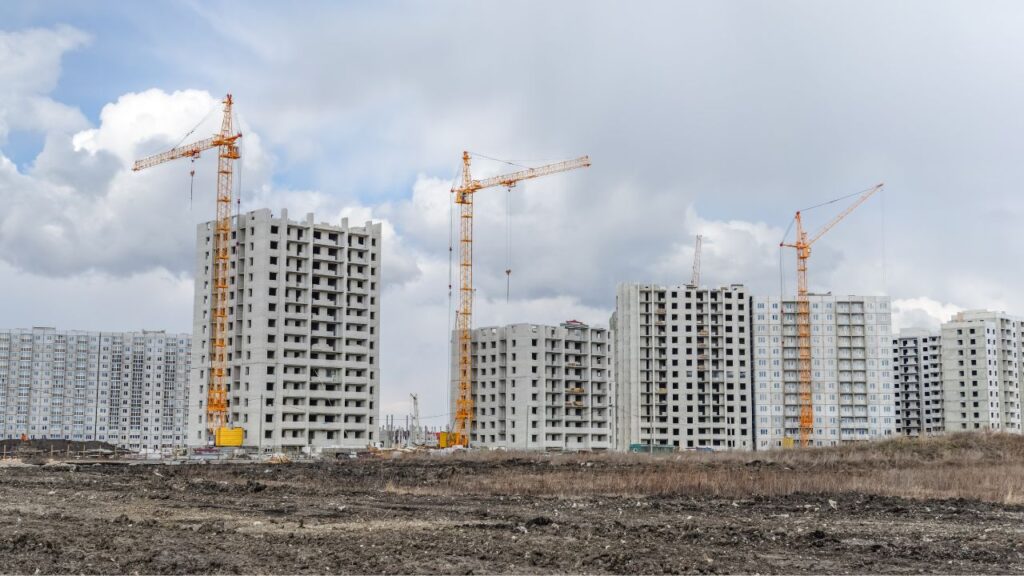
In the stucco industry where cost-effectiveness is crucial, it’s essential to have a perfect mix of quality outcomes with economic usage of resources. A Stucco Estimation Software plays a vital role in enabling constructors to take care of both aspects of costs as well as quality simultaneously. It streamlines the cost estimation process while simultaneously preventing any errors or misjudgments.
Moreover, a reliable stucco estimator software will allow contractors to customize each quote according to specific customer requirements and preferences. It helps in prioritizing tasks by providing an option for Material sourcing – which paints a clear picture about where clients can source the most affordable products or raw-materials that fit the intended purpose without any significant effect on quality.
Without utilizing this revolutionary tool in your business practices may increase costing overheads- which ultimately starts eating up businesses’ profits.
Even the sturdiest stucco estimator can crumble under the pressure of unpredictable factors.
To get an accurate estimation of stucco, you need to consider several factors. In order to effectively estimate the amount of stucco required for your project, you need to be aware of the types of stucco available, square footage, texture and finish, and materials. These sub-sections will help you get a clear picture of each factor, allowing you to make informed decisions and get an accurate estimate for your stucco project.
Stucco is a building material composed of aggregates, water and a binder. There are several forms of stucco categorized based on the composition and installation process. These forms vary in terms of their application, cost, lifespan and durability.
In the following table, we have outlined different types of stucco with their respective compositions, applications and advantages.
Type | Composition | Application | Advantages |
|---|---|---|---|
Traditional Stucco | Cement, sand and lime | Used for interior and exterior walls | Good water resistance and adhesion |
Acrylic Stucco | Polymer resins, cement and sand | Used for exterior walls | High flexibility, moisture resistance and low maintenance |
Synthetic Stucco | Expanded polystyrene foam panel or boards with a base coat reinforced with fiber-glass mesh | Exterior insulation finish system | Maximizes energy efficiency by keeping the house cool in summer and warm in winter |
Furthermore, it is essential to acknowledge that synthetic stucco may need extra attention during installation to ensure proper drainage. Failure to do so can result in moisture penetration leading to mold growth.
Do not miss out on selecting the best type of stucco for your construction project. Ensure you consult professionals to help you make an informed decision that will provide long-lasting results.
Calculating square footage for stucco estimation is like trying to solve a Rubik’s cube, you think you’ve got it all figured out until you realize there’s always one side that doesn’t match.

The area of the surface to be covered is one of the key factors that affect stucco estimator. It determines the amount of materials and labour required for the project. Square footage, or the total surface area in square units, is a critical parameter in estimating the cost and time needed for stucco installation.
The accurate measurement of square footage is essential in computing stucco requirements as well as budgets. Inaccurate measurements can lead to low-ball estimates and eventual cost overruns. Therefore, professional estimators use precision instruments such as laser meters and tape measures to determine these values. They also account for wall height, complexity, and other variables that may affect results.
Besides surface dimension, there are other vital parameters that estimates take into account while computing a budget or determining resources needed such as insulation type, thickness of material, project location which affects transportation needs.
Having an experienced estimator onboard your team who follows the above guidelines can save significant amounts of money on stucco installations by accurately pricing out materials based on sufficient data collection during the estimate stage combined with expert “intuition” —the fear of missing out on potential savings make it essential to select someone with industry expertise.
Adding texture to stucco is like putting on a mask – it hides all the imperfections underneath.
The physical appearance of Stucco construction highly depends on the texture and finish. The smoothness, color and evenness of stucco exterior is dictated by this critical factor. Texture plays a crucial role in determining the aesthetic value provided by the structure.
For instance, Table 1 demonstrates how different textures and finishes impact Stucco Estimator calculations. As per the analysis, smoother finishes require more material than rougher finishes. This indicates that the surface texture directly impacts the amount of material required for specific areas.
| Type | Smoothness | Material Required (in sq.ft) |
| A | Rough | 0.75 |
| B | Medium | 0.85 |
| C | Smooth | 1.2 |
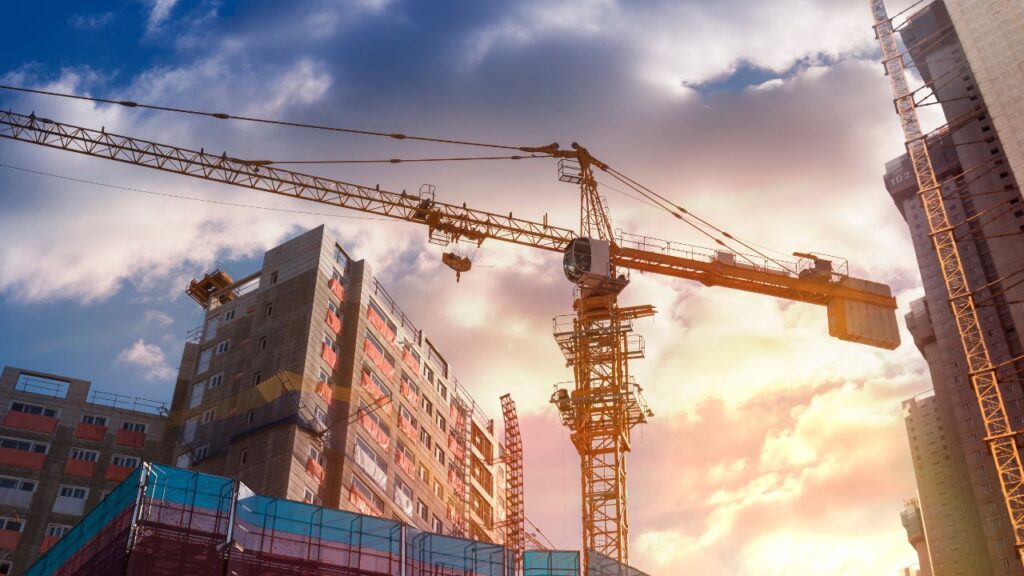
Table 1: Impact of Texture and Finish on Stucco Estimator
Additionally, certain Textures & finishes increase or decrease durability which further affects maintenance costs. Hence, it’s important to understand how to choose the right texture/finish when estimating costs for projects requiring stucco exteriors.
To ensure accurate estimates while formulating contracts with clients, stucco estimators should consider factors such as climate conditions, location accessibility, project design and other unique criteria specific to each job’s scope of work.
Using an appropriate texture/finish combination can minimize long-term expenses for property owners while improving curb appeal and ROI helping contractors gain an edge in a competitive market.
Materials for stucco estimation: because knowing the difference between sand and gravel is the difference between a smooth finish and looking like a gravel road.
When estimating stucco costs, the materials required play a significant role in determining the final budget. Various factors influence this aspect, including the quality and quantity of materials utilized, supplier prices, and market demand. Below is a table outlining some critical materials used in stucco estimation along with their average prices:
Materials | Quantity(per sq. ft) | Price |
|---|---|---|
Stucco | 0.5 – 0.75 bags | $17-25 |
Mesh | 4 | $8-10 |
Furring strips | 2 | $2-4 |
It’s worth noting that these estimates vary based on geographic location and customization requirements. For example, some property owners may prefer to use premium grade cementitious coatings or highly durable galvanized wire mesh. Apart from cost considerations, other aspects affect the choice of materials used in stucco estimation. These include aesthetic preferences, durability requirements, and site-specific conditions such as temperature and humidity levels. A contractor recalls an incident where low-quality plaster caused multiple issues during post-construction inspection due to premature cracking caused by poor adhesion to the substrate below. This demonstrates how considering both product quality and maintenance needs is crucial when selecting suitable materials for any stucco project. Get your stucco estimates with ease – just follow these simple steps, unless you’re a fan of blindly throwing darts at numbers.

To use the stucco estimator effectively for your project, it’s important to follow a series of steps. With “Steps in Using Stucco Estimator” with sub-sections such as identifying the surface area, determining the type of stucco, selecting the texture and finish, and calculating the amount of materials needed, you can easily and accurately estimate the amount of stucco required for your project.
To start using the stucco estimator, one needs to determine the surface area to be covered. This is an essential step in estimating the quantity of stucco materials required.
Identify Surface Area | Columns: |
|---|---|
– Prepare the area | |
– Measure the height and width of walls | |
– Subtract openings and windows |
Preparing the area involves removing debris, paint, and any other substances that could interfere with applying stucco effectively. Measuring the height and width of walls gives an accurate estimation of the surface area. Openings such as doors and windows are deducted from these measurements.
It’s crucial to ensure accurate measurements because any slight miscalculation can significantly affect material estimates.
Pro Tip: Take necessary precautions when measuring to avoid potential injuries, especially if working on elevated areas.
Choosing the right stucco is like choosing the right partner – you want it to be durable, attractive, and able to withstand the elements (and your in-laws).
To Identify The Type of Stucco:
A crucial step in using the stucco estimator is recognizing the type of stucco required for the project. It can be achieved by considering factors like local climate, desired texture and color, and building’s structure.
Below is a table that provides useful details about different types of stucco:
Type | Composition | Advantages |
|---|---|---|
Traditional Cement Stucco | Portland cement, sand, water, and lime | Durable in all climates |
Acrylic Stucco | Acrylic polymer emulsion, cement, water, pigments, and aggregates | Perfect for colder climates |
Elastomeric Stucco | Resins and synthetic materials like acrylics or polyurethane combined with traditional stucco components | Can stretch without cracking |
When it comes to selecting from these options, one must consider building codes and material availability.
A unique aspect while selecting a type of stucco is to choose according to the architecture style of your home or building. Certain finishes may look better on traditional designs than on modern houses.
Recently while consulting a real estate contractor regarding their Los Angeles-based property’s renovation project. They revealed that they used traditional cement stucco to maintain its structure long-term within their quality budget range.
When it comes to selecting the texture and finish for your stucco, just remember: it’s not about what looks good, it’s about what hides your mistakes the best.
Maximize your stucco construction business’s potential with our competitive financing options

To Choose the Desired Texture and Finish of your stucco, follow these steps:
Create an Appropriate Model for Stucco Finish Selection:
Texture Type | Description |
|---|---|
Lace | Plaster with swirling strokes |
Dash | Random Splatter Appearance |
Sand | Coarse and Rough Appearance |
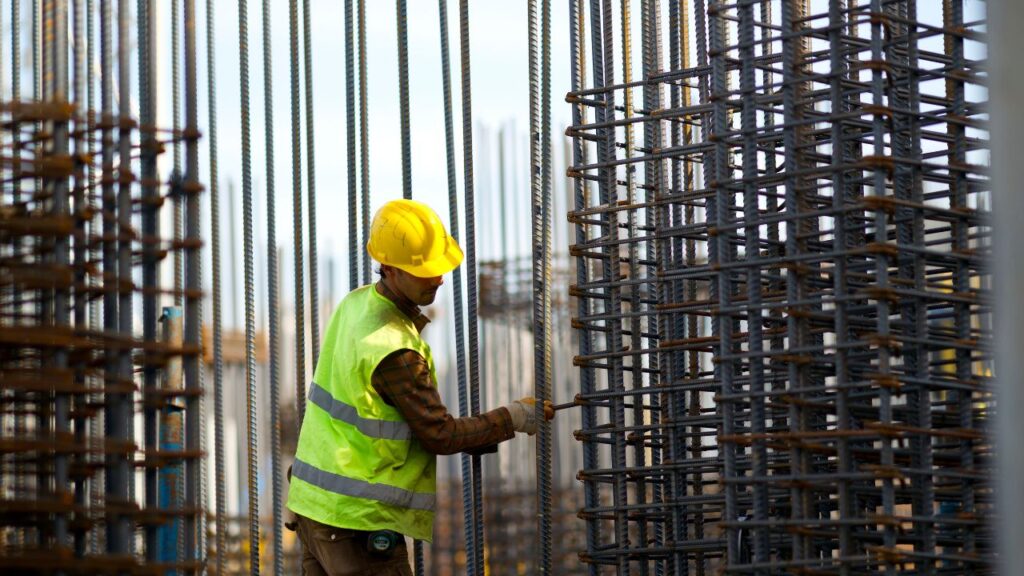
Select from the above-mentioned options for your desired texture or create a custom-made by adding dyes or pigments to achieve a more personalized look. Combine the texture type with a proper finishing for ease in maintenance and durability.
Ensure Adjustments to Match Design Needs:
For proper adjustment, confirm with installation tools used, since different equipment could lead to variations in stucco application. After identifying suitable equipment, analyze whether a uniform thin coating will work or if thicker coatings are needed.
Pro Tip: When choosing stucco finish, consider environmental challenges as weather conditions can rust metallic lathing beneath stucco if not appropriately finished.
Get your math game on point and avoid becoming a human calculator by using the Stucco Estimator to determine materials needed with ease.
Determining the Required Materials for Stucco Application
To accurately calculate the necessary materials needed for a stucco project, follow these steps:
Once these calculations have been made, you can procure an estimate and plan accordingly.
Here is a table that displays all necessary material calculations for a standard stucco job:
Material Type | Formula | Quantity Needed |
|---|---|---|
Base Coat | Total Square Feet x 1.5 bags / 100 sq ft | xxx Bags |
Finish Coat | Total Square Feet x 1 bag / 100 sq ft | xxx Bags |
It is vital to ensure accuracy and avoid overspending or running out of materials during construction. These steps will help estimate sufficient materials required for your next stucco project effectively.
According to industry experts from BuildDirect, accurate estimations can eliminate additional expenses during construction. Using the stucco estimator is like having a personal financial advisor for your home’s exterior – except it won’t judge you for splurging on that extra cup of coffee.

To maximize the benefits of stucco estimator with cost-savings, accurate estimates, and time savings, this section has got you covered. Whether you’re a general contractor or a homeowner, understanding the advantages of utilizing a stucco estimator can help you save money and time in the long run. Explore the following sub-sections to see the specific benefits that a stucco estimator can offer.
Estimating stucco cost can save you a substantial amount of money. The precision and accuracy of a stucco estimator ensures that you do not overshoot your budget, hence avoiding unnecessary expenses.
Not only does the estimator help you calculate costs accurately, but it also helps in planning and selecting materials suitable for your project. With the proper estimates, you can avoid buying extra material, thus reducing waste.
Using a stucco estimator enables informed decision-making by providing a clear picture of what you are getting into before starting the project. This eliminates surprises during and after construction.
A contractor once shared how his client had requested him to install stucco on his property without any prior estimation. As they began working on it, they found out that the cost was way beyond the client’s budget, creating tension and misunderstandings. The contractor advised him to use an estimator to prevent such occurrences in future projects.
Finally, an estimator that won’t make you estimate how much you’ll need to estimate again.
Accurately estimating the stucco cost is essential for any construction project. The Stucco Estimator provides precise estimates of the amount of stucco and other materials needed, helping contractors make informed decisions that save time and money on their projects.
With Stucco Estimator, builders can easily get cost estimates based on the project’s size, design, and material requirements. This tool analyzes factors such as square footage, wall height, labor costs, and other overheads to deliver an accurate estimate.
In addition to providing accurate cost estimates, Stucco estimator streamlines the process. By automating calculations and eliminating manual errors, this tool saves a significant amount of time on each project. Moreover, it helps contractors make quick decisions about material purchases by providing them with up-to-date pricing information.
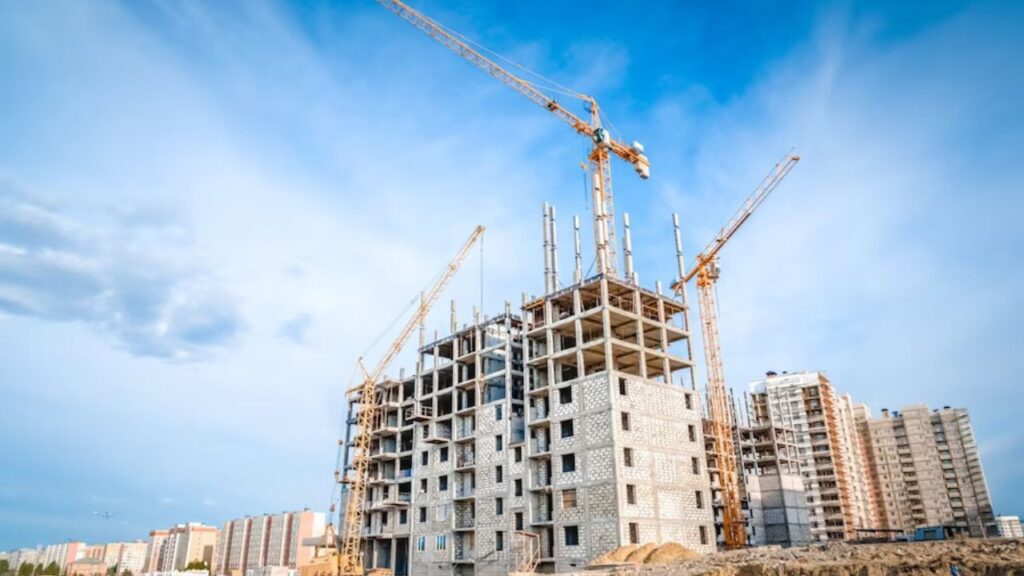
Pro Tip: Always double-check your inputs to ensure an accurate estimate.
Stop estimating and start saving time with Stucco Estimator – now you can finally have a life outside of the job site!
Stucco estimating software can aid in optimizing efficiency through rapid estimates, automating many of the steps typically required for cost projections. As the data is collected and entered into the tool, this frees up estimators to focus on other critical tasks.
Additionally, stucco estimating tools include features such as real-time updates that can pull pricing information from vendor websites and factor in any changes that have occurred, saving valuable time otherwise spent manually searching for updated figures. This ensures greater accuracy in assessing building costs.
One unique advantage of having a stucco estimator at your disposal is it eliminates errors by automatically organizing and summarizing data, which reduces the need to repeat various tedious calculations commonly inherent in the estimation process. This enhances efficiency throughout the entire estimating workflow while also promoting transparency between team members.
Pro Tip: Get insights from stakeholders involved in different stages of construction projects to tailor your stucco estimator outputs.
Even stucco estimators make mistakes, but at least they don’t have to deal with the consequences of a bad Botox job.
To avoid common mistakes in stucco estimating with inaccuracies, incomplete cost inclusions, and incorrect material selection, read ahead. Inaccurate measurements can cause project overruns while a failure to include all expenses can lead to underpricing. Correctly selecting necessary materials tailored to the project can make all the difference.
Stucco estimating errors are quite common and can significantly affect project costs. One of the most crucial aspects of stucco estimation is taking accurate measurements. The following guide will explain how to avoid stucco measurement errors.
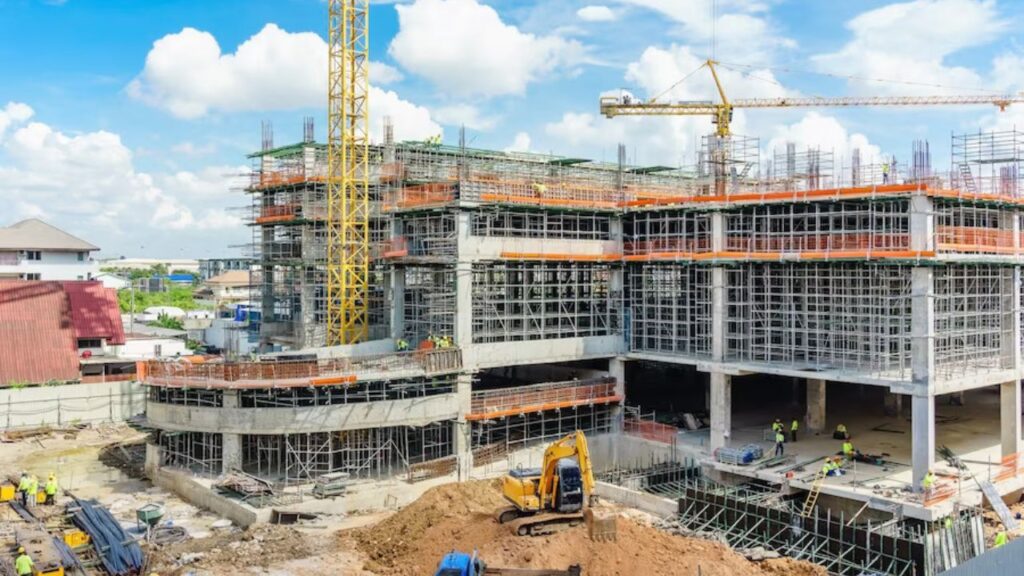
3. Comprehensive workforce training: Ensuring that the workers in charge of taking these measurements have substantial knowledge about the project’s requirements saves time and money when mistakes are prevented.
To help avoid issues with projects, ensure measurement best practices are integrated into leadership culture across all teams/teams across all departments, contracts, vendor agreements, etc., throughout planning, execution, closing phases.
Remember, always double-check your estimates; small-sized estimation flaws might lead to significant financial consequences when ignored. Let’s ensure work instructions’ accuracy is correctly documented while work continues since a process is only as good as its weakest link when it comes to financials and compliance enhancing operations long-term through accurate data capture from start-to-finish!
Estimating stucco costs without including all factors is like trying to build a house with only half the bricks – it’s bound to crumble.
Stucco contractors often face challenges with accurately estimating costs due to a failure to consider all expenses. Neglecting indirect costs such as transportation, permits, and insurance can lead to misleading estimates and decreased profitability. This oversight can be detrimental as it leads to customer dissatisfaction, financial hurdles and ultimately reflects poorly on professional reputation. It is important that stucco contractors come up with a comprehensive plan and budget that takes into account all possible expenses.
Moreover, failing to account for the team’s labour costs or overlooking unexpected changes in the project causing delays are common obstacles experienced- leading to time constraints.
A California-based contractor found himself in hot water when he gave a quotation without including rental equipment cost that were required for the project. Resulting legal disputes with the client caused significant losses with adverse impact on brand image. It is therefore imperative for stucco contractors’ peace of mind and their clients’ satisfaction that they consider every possible expense in their estimates.
Choosing the wrong stucco material is like wearing a ballgown to a football game – it may look pretty, but it’s not meant for the job.
The choice of materials in stucco estimating is a critical aspect for achieving an optimal and durable construction outcome. Inadequate material selection can lead to disappointment due to instability, durability issues, and the appearance of a building.
The following table portrays the consequences of “Inapt Material Selection.” The first column lists some common mistakes, while the second column describes their impact on construction quality.
Common Mistakes | Impact on Quality |
|---|---|
Using inferior brands | Reduced strength and life expectancy |
Use of incompatible materials | Damp walls or structural breakdown |
Unfavorable mix ratio | Cracks, peels, or color inconsistency |
Construction professionals must choose high-quality materials that can withstand harsh weather conditions. Adhering to manufacturer’s specifications and using reliable brands is an indispensable step towards ensuring stucco longevity.
Unique details that may determine material selection include weather patterns in the area under construction, height and size of the building, type of foundation among others. Careful consideration should be taken when selecting screws, nails or fasteners used in attaching lath as improper choices can result in failure over time.
According to Building Science Corporation (BSC), incorrect material selection in stucco installations can result from poor industry knowledge by contractors or ignorance by homeowners.
Want to avoid stucco estimating mistakes? Don’t estimate with your eyes closed and your fingers crossed.

To ensure accurate stucco estimating with minimal errors, follow these tips in the ‘Tips for Accurate Stucco Estimating’ section of ‘The Complete Guide to Stucco estimator’: Measure Twice, Consider the Complexity of the Project, and Check Local Building Codes. These sub-sections provide solutions for common mistakes that may impact the accuracy of the stucco estimate.
When it comes to estimating stucco, it’s essential to ‘check twice.’ Taking accurate measurements is crucial for a successful stucco project. One small mistake can lead to expensive rework or material shortages. Therefore, it’s important to invest extra time in measuring and double-checking the dimensions of walls, windows and doors.
To ensure precise measurements, use an accurate measuring tape or laser distance meter. For larger areas, break down the surface into smaller parts and measure each section separately. Always record the measurements digitally or on paper to avoid loss of data.
In addition to measuring twice, make sure you’re using the correct stucco mix for your project needs. Different mixes have different properties suited for various applications such as crack-resistance or water-resistance.

It’s always better to be safe than sorry when it comes to estimating stucco projects accurately. An extra hour spent measuring and recording dimensions can save you from potentially costly mistakes later on. So take your time and measure with precision for a flawless finish that will last a lifetime.
Remember, stucco estimating is like a game of Tetris – it’s all about fitting the pieces together perfectly, without leaving any gaps.
When estimating the cost of stucco installation, it is essential to evaluate the intricacy of the project. Factors such as intricate designs, unique shapes, and corners can significantly increase the workload and time needed to complete a project. Considering these aspects can help ensure a more accurate estimate.
The assessment of complexity should include various structural details such as height, climate conditions, surface texture, desired finish style, and external features like door and window openings. These features can impact material usage and labour costs – considerations that are vital when determining an accurate cost for stucco installation.
It is also essential to assess whether any modifications or prep work needs to be carried out before installing stucco. For example, removing old siding or repairing damage done by moisture could add further costs.
Pro Tip: Always add a buffer into your estimates for unexpected issues incurred during the project. These may be due to unanticipated labour costs caused by challenging structures or weather conditions that alter the job’s trajectory.
Always check local building codes before estimating stucco costs, unless you enjoy living dangerously and getting fined.
When estimating stucco, it’s essential to check the regulations of the local building codes. These codes dictate the size and scope of a project and must be adhered to closely. Failure to do so may result in fines, delays or costly do-overs. By following the regulations closely, contractors can ensure they’re working within legal limits.
It’s recommended that contractors contact their municipality’s building department before starting work to understand all associated documents. Familiarizing oneself with comprehensive standards will help keep your work compliant with obligations connected to weather-resistance, drainage details, fire prevention measures, and appropriate installation of base coats.
To adjust with regulatory requirements in stucco installation through trials and errors often turns out much more expensive for both parties – owners and contractors. Stucco installation carries a lot of risks for homes when not done right; thus, staying within local building codes is necessary.
In 2018 Flint Michigan amended its stucco-installation code section after six years of intensive public research involving citizens, engineers, builders as well as local government agencies. This was necessary because prior dissatisfaction had arisen from residents about premature deterioration of stucco finishings due to incorrect installation processes by partnering companies not functioning per municipal procedures which later resulted in fines on them that rate up to $1000.
When it comes to stucco estimating, remember: precision is key, unless you’re aiming for a rustic, ‘half-finished’ look.
The Complete Guide to Estimating Stucco
To accurately estimate stucco, it is essential to consider various factors such as surface area, thickness, and texture. Successful estimation is crucial for cost-effective and quality construction projects.
When estimating stucco, using a stucco estimator tool can assist in calculating the necessary quantities of materials needed while preventing overexpenditure or shortages of resources. Accurate estimation also requires consideration of the type and design of the underlying structure.
One aspect that requires attention when estimating stucco is the substrate preparation process. Poor surface preparation can affect the quality and durability of stucco, leading to costly repairs in the future.
To prevent unnecessary expenses during your construction project, remember to factor in potential delays due to weather conditions or other issues that may arise. Accurate estimation enables proper planning and allocation of resources in case such delays occur.
A stucco estimator is a tool used to calculate the materials, labor, and cost required to complete a stucco construction project. It takes into account factors such as the size of the area to be covered, the type of stucco and materials needed, and the complexity of the project.
A stucco estimator can help you determine the total cost of a project before you begin, which can help you budget your resources more effectively. It can also help you identify any potential issues or roadblocks that may arise during the project.
The accuracy of a stucco estimator can vary depending on the complexity of the project and the data entered into the tool. However, a well-designed and properly used stucco estimator can provide a fairly accurate estimate of the materials, labor, and cost required for a project.
Yes, a stucco estimator can be used for both professional and DIY projects. However, it is important to note that if you are not familiar with stucco construction techniques, you may want to consult with a professional before beginning a project on your own.
Yes, there are a wide range of stucco estimators available, including online calculators, mobile apps, and software programs. Some stucco manufacturers may also offer their own stucco estimator tools to help customers estimate the cost of their products.
To get the most accurate stucco estimate possible, it is important to provide detailed and accurate information about the project, including the size and complexity of the area to be covered, the desired type of stucco and finish, and any specific materials or tools that may be required. It is also important to double-check all calculations and measurements before beginning the project.
Here I am going to share some steps to get your stucco construction cost estimate report.
You can send us your plan on info@estimatorflorida.com
Before starting your project, we send you a quote for your service. That quote will have detailed information about your project. Here you will get information about the size, difficulty, complexity and bid date when determining pricing.
We do stucco construction cost estimating and prepare a detailed report for your project. At last you finalize the report and finish the project.
561-530-2845
info@estimatorflorida.com
Address
5245 Wiles Rd Apt 3-102 St. Pete Beach, FL 33073 United States
561-530-2845
info@estimatorflorida.com
Address
5245 Wiles Rd Apt 3-102 St. Pete Beach, FL 33073 United States
All copyright © Reserved | Designed By V Marketing Media | Disclaimer
IMPORTANT: Make sure the email and cell phone number you enter are correct. We will email and text you a link to get started.
By clicking “I Agree” above you give Estimate Florida Consultin express written consent to deliver or cause to be delivered calls and messages to you by email, telephone, pre-recorded message, autodialer, and text. Message and data rates may apply. You are able to opt-out at any time. You can text STOP to cancel future text messages.